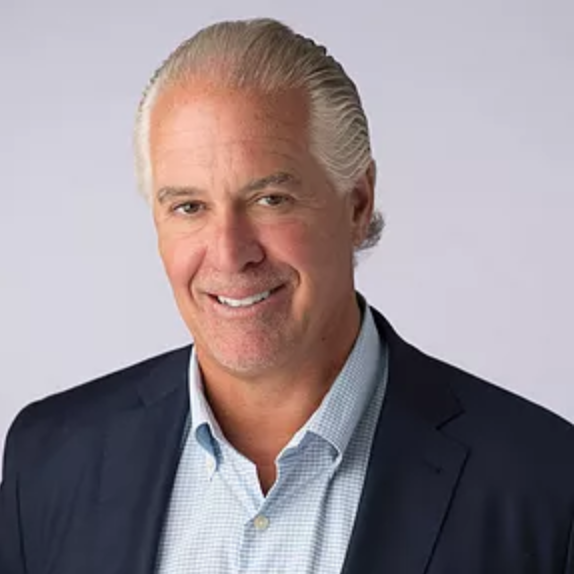
Hunt Valley, MD-based Omega Healthcare Investors saw sequential improvement in both adjusted funds from operations and funds available for distribution during the second quarter, CEO Taylor Pickett said Tuesday on the real estate investment trust’s latest earnings call. The reason, he said, is that the REIT’s restructured operators returned to paying their contractual rent obligations during the quarter.
“The ability to put restructuring portfolios back to work improved our FAD [funds available for distribution] payout ratio and liquidity by 7%. We expect over time to put additional portfolios back to work, further improving our FAD payout ratio and liquidity,” Pickett said.
Because the REIT’s portfolio assets are strong, he said, the company is able to work through operator restructurings with limited long-term cash flow downside. Executives provided updates on actions with several portfolio companies.
Omega has completed all of the restructuring work related to Gulf Coast Health Care. Omega completed the sale of a majority of Gulf Coast’s portfolio in the first quarter for $318 million. As part of that restructuring plan, Omega sold 12 facilities and released eight facilities, as anticipated. Beginning in April, Guardian resumed making contractual rent and interest payments.
Also, after several months of working to bring its lease with Agemo back into compliance after the operator was unable to meet its rent obligations, Omega is “well down the restructuring pathway” the Agemo portfolio, which represents approximately 6% of contractual rents, according to Pickett. None of that contractual rent was recognized in the second quarter, he added.
The REIT’s overall portfolio, Pickett said in a press release issued in conjunction with the earnings call, “is seeing steady growth in occupancy, with the labor market also showing signs of improving. Further, we continue to see strong appetite for our assets, as evidenced by the robust transaction market, and we believe the long-term financial impact to the business from the resolution of these operator issues should be relatively modest.”
Occupancy continues to trend upward for Omega’s skilled nursing holdings, he said.
In the senior living portfolio, Chief Operating Officer Dan Booth added, “Based upon preliminary results, occupancy … has recovered to 87.9% as of mid-July 2022 versus 83% in January of 2022.”
As of June 30, Omega’s overall senior housing portfolio included 181 assisted living, independent living and memory care properties in the United States and the United Kingdom.
Omega’s balance sheet remains strong, Chief Financial Officer Bob Stephenson said, “thanks to the steps we’ve taken throughout 2021 and the first half of 2022 to further improve our liquidity, capital stack maturity ladder and overall cost of debt.”
Omega completed $73 million in new investments during the second quarter. The REIT’s net income for the quarter of $92 million, or $0.38 per common share, compared with $87 million, or $0.36 per common share, for the same period in 2021.
According to the press release, as of June 30, Omega had $5.4 billion of outstanding indebtedness with a weighted-average annual interest rate of 4.17%. The REIT’s indebtedness consisted of an aggregate principal amount of $4.9 billion of senior unsecured notes, a $50 million unsecured term loan, $378 million of secured debt and $38 million of borrowings outstanding under its unsecured revolving credit facility.
As of June 30, total cash and cash equivalents were $164.9 million, and the REIT had $1.4 billion of undrawn capacity on its unsecured revolving credit facility



